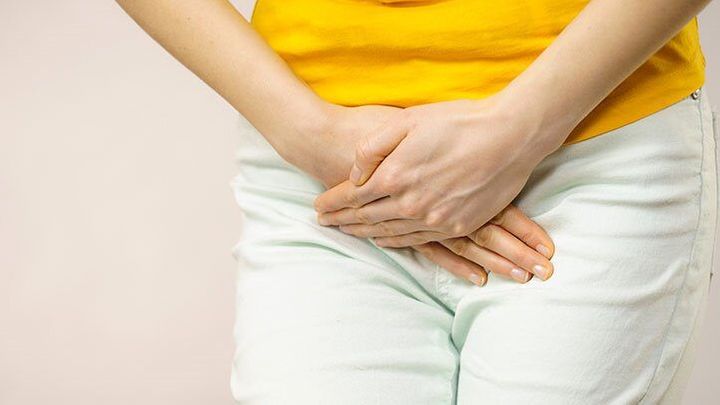Urinary incontinence is one of those things that is not talked about enough with women. This is interesting, considering so many women deal with it at one point or another in their lives. This is especially true during and after pregnancy.
A big part of being able to manage your urinary incontinence is to understand the type you have. Then you can go about the right treatment and strategy. Plus sometimes it’s as simple as wearing Because Market’s women’s incontinence underwear.
Ok let’s check out all of our options.
What Is Bladder Incontinence?
Bladder incontinence is often called urinary incontinence. It is ultimately the loss of control of your bladder. There are a number of reasons for this which is why understanding the types of urinary incontinence is important.
Note that urinary incontincene happens in men too! It’s not just women.
Types of Bladder Incontinence
The two most common types of bladder incontinence for women are stress incontinence and urge incontinence.
- Stress incontinence – Stress incontinence happens due to physical pressure that is placed on your bladder. Things like sneezing, coughing, exercising, laughing, or sudden movements can trigger it. This is especially true for women who are pregnant. The weight of the baby puts pressure on the pelvis and bladders. Post pregnancy your muscles will weaken making this more common.
- Urge incontinence – Urge Incontinence is incontinence that brings intense feelings that make you feel like you suddenly need to urinate. The feeling is intense even if you don’t need to urinate that much. It’s more common amongst older women and makes them feel like they need to urinate frequently. Urge incontinence is usually classified by those who need to go more than eight times in a day. It also can be caused by diabetes, infection, or even a neurological disorder.
But there are a few other types that are worth knowing as well.
- Overflow incontinence – Constant leakage or feeling like you can never empty your bladder even after urinating is overflow incontinence.
- Functional incontinence – Functional incontinence deals with a different set of issues. It’s less to do with an actual issue with your bladder and more of a physical or neurological issue that prevents you from getting to the bathroom on time. Arthritis is an example and this is common in older women.
- Mixed incontinence – Sometimes it is a combination or one or more types. This is mixed incontinence.
Know Your Treatment Options
No matter what type of incontinence you deal with, the good news is that incontinence is treatable and sometimes preventable. You can use a combination of methods listed below or one that works great for you.
Strengthening Your Pelvic Floor Muscles
No matter what age you are, strengthening your pelvic floor muscles can make a major difference in bladder incontinence. Your lower abdomen, upper legs, back, and glutes play a vital role in being able to squeeze and hold your urination.
Kegel exercises are one approach to this for some women. However, if you are pregnant consult a doctor before trying this method as well as any lifting.
Check What You Eat and Drink
A healthy and well-balanced diet is one solution that can help ease conditions. Being overweight can be a major contributor to the pressure you put on your pelvic muscles. Exercising sometimes isn’t enough. Eating and treating our inside is key too.
Note that there are certain drinks that can cause issues for those who struggle with urinary incontinence as well. Alcohol and caffeine can make matters worse. Eliminate or cut back on these types of drinks.
Procedure and Medication
For those who struggle with more frequent bladder incontinence or conditions that are more serious, doctors can help prescribe medications and creams. There are also a number of procedures that can help insert medical devices to stop the leakage. Taking a visit to the gynaecologist is the first step in proceeding with this route.
Women’s Briefs
We mentioned that women’s briefs can be the ultimate solution for most women. But have no fear. They don’t all look like diapers. In fact, you can find a variety of styles, cuts, and features nowadays. As long as the product is quality then this can be a great option for many women.
Consulting Your Doctor
A great place to start is always talking to your doctor. They can rule out some more serious causes such as disease and infection. Then after you can help determine some of the causes, your doctor and yourself can talk about the best treatment path.
It may take a little trial and error to find out what works for you. As mentioned, sometimes it takes a few different tries or a combination of methods. Regardless, when you find that solution you’ll feel confident because no woman should feel ashamed or embarrassed about a very common problem! Consider it to be a part of your selfcare routine.
